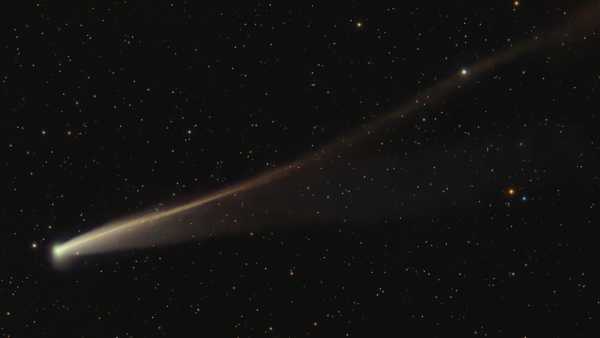
Illustration of the Hercules-Corona Borealis Great Wall. Our entire galaxy sits on one of these tiny strands. (Image credit: Robert Lee (created with Canva))
The largest structure in the Universe, the Hercules-Corona Borealis Great Wall, was already difficult to analyze using models of the Universe due to its colossal size – and now, thanks to the most powerful emissions in the Universe, gamma-ray bursts (GRBs), astronomers have discovered that the structure is even larger than they previously thought. What’s more, the team also found that some parts of the Hercules-Corona Borealis Great Wall are closer to Earth than previously thought.
The Hercules-Corona Borealis Great Wall is a so-called “supercluster” of galaxies; it is a strand of the cosmic web around which the first galaxies in the universe formed and evolved. The name was coined by Jondrick Valdez, a Filipino teenager who aspires to be an astronomer. However, the name should not be taken too literally. This is because the circular Great Wall encompasses not only the constellations of Hercules and Corona Borealis, but also the region of the celestial sphere from the constellations of Bootes to Gemini.
The Hercules-Corona Borealis Great Wall was first identified in 2014 by a team led by Istvan Horvath, Jon Hakkila, and Zsolt Bagoly, who also led the study that allowed the structure’s dimensions to be determined more precisely. In particular, the team found that it extends over a wider radial range than previously estimated. Before this study, scientists had not realized that some nearby gamma-ray bursts were also part of this vast structure.
You may like
Sourse: www.livescience.com





